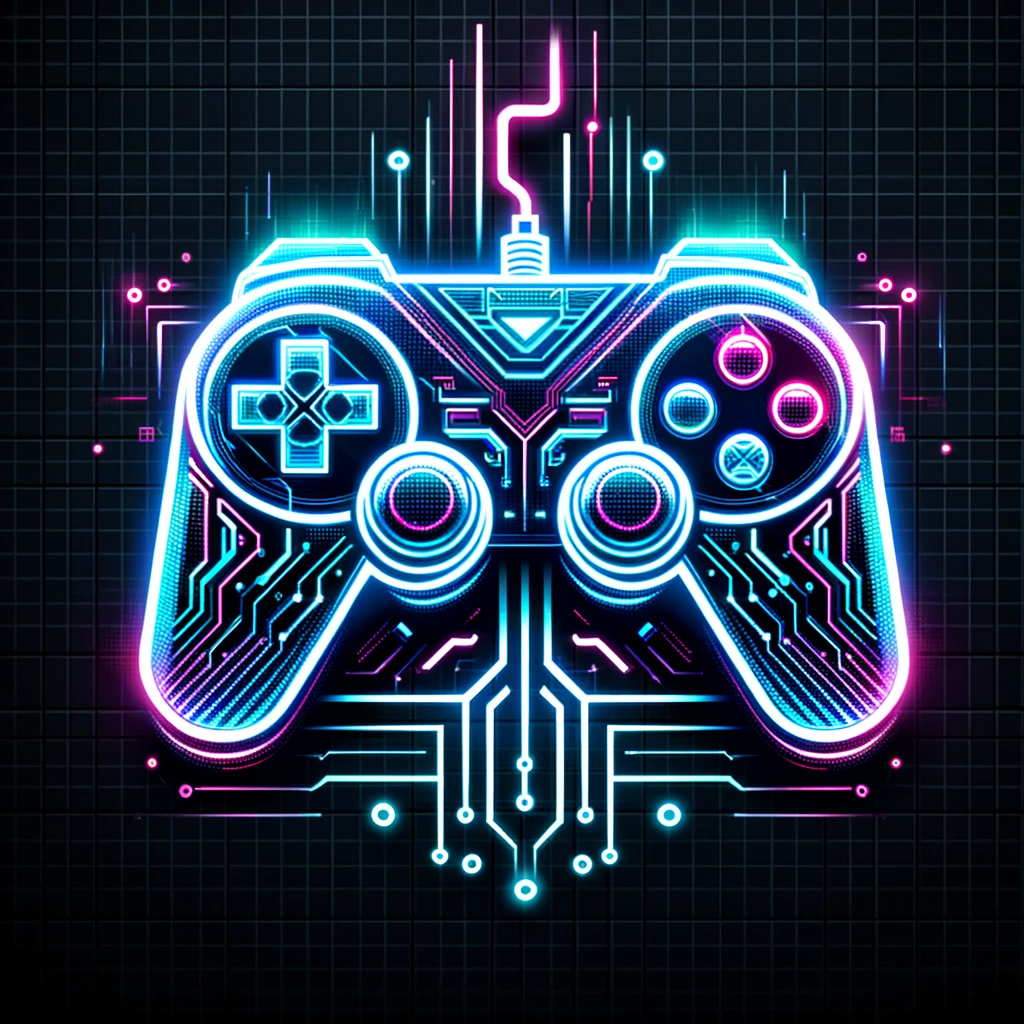
Paperboy
Arcade / Atari, Inc. 1984
Paperboy is an iconic arcade game developed and published by Atari, Inc. in 1984. Players take on the role of a paperboy delivering newspapers to subscribers while avoiding obstacles and targeting specific houses.
Paperboy was conceptualized and developed by a team at Atari, led by John Salwitz. The game was designed to simulate the experience of a newspaper delivery boy navigating through a suburban neighborhood. Its development involved crafting intricate levels with various challenges and targets. The game’s distinctive isometric perspective and vibrant graphics were revolutionary for its time, contributing to its lasting appeal.
Upon its release, Paperboy received widespread acclaim for its innovative gameplay and immersive environment. Critics praised its unique concept, challenging mechanics, and engaging level design. The game’s intuitive controls and addictive gameplay captivated audiences, earning it a dedicated fanbase and securing its status as a classic arcade title.
Paperboy has seen several adaptations across different gaming platforms, including home consoles and personal computers. It spawned sequels such as Paperboy 2 and Paperboy 64, each building upon the original’s foundation while introducing new features and challenges. Additionally, the game’s success inspired various imitations and spiritual successors, attesting to its enduring influence on the gaming industry.
While Paperboy arcade cabinets are not exceedingly rare, finding one in pristine condition can be challenging due to decades of wear and tear. Estimates suggest that several thousand units were produced during its initial run. As for its value, a well-maintained Paperboy arcade machine can fetch a significant sum among collectors, with prices varying depending on factors such as condition, originality, and regional demand.
Paperboy arcade cabinets typically feature the following hardware specifications:
CPU: Motorola 6502 running at 1.512 MHz
RAM: 1 KB
Display: Color raster, with a resolution of 336×240 pixels
Sound: Mono, with Yamaha YM2151 and POKEY sound chips
For possible repairs, the following parts may be relevant:
Power supply unit
Monitor chassis
Control panel assembly (including joysticks and buttons)
Printed circuit boards (PCBs) for gameplay and sound
Wiring harnesses
Cabinet artwork and decals
Ensuring access to quality replacement parts is crucial for maintaining the longevity of Paperboy arcade cabinets and preserving their authenticity for future generations of gamers.


